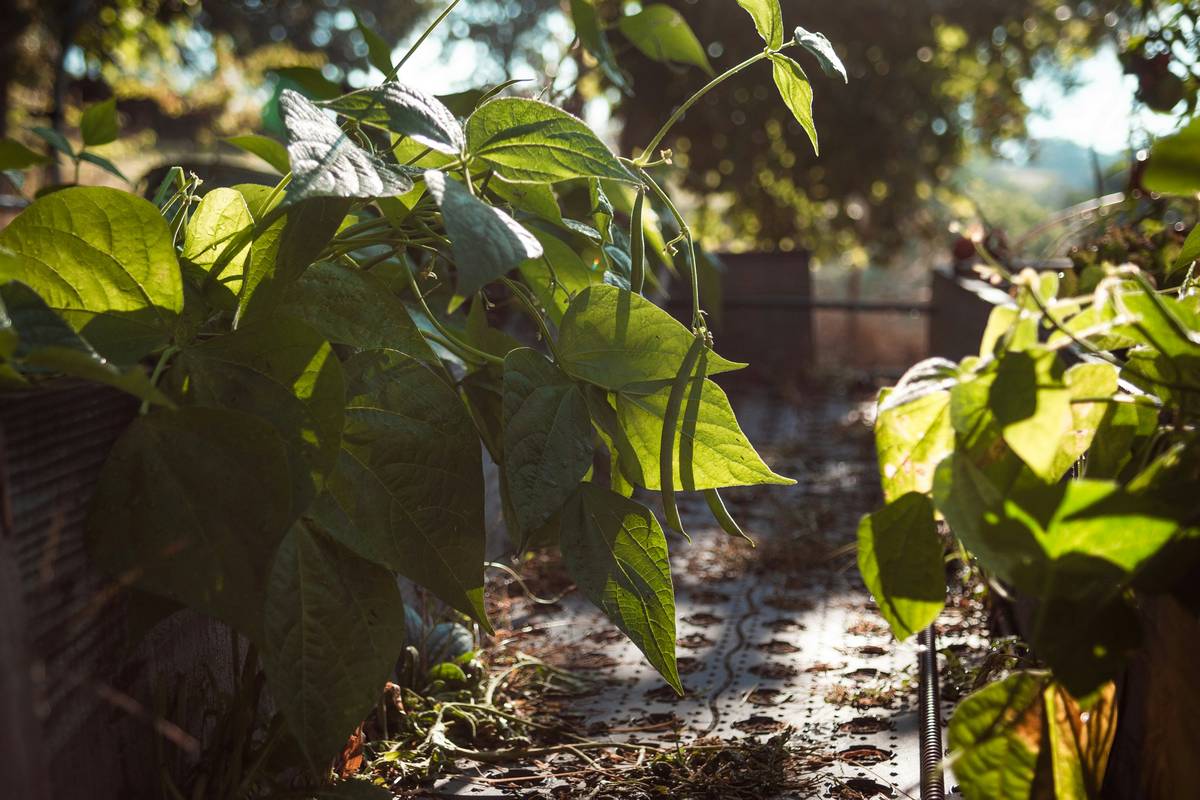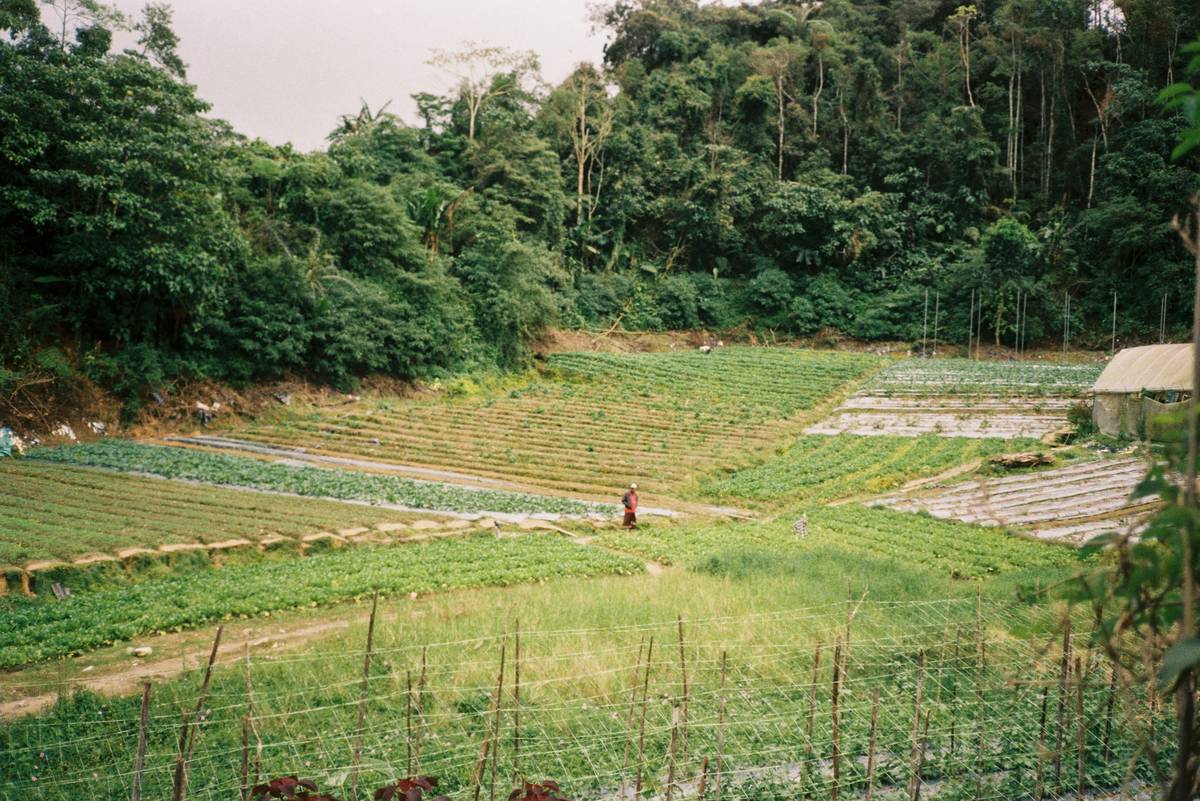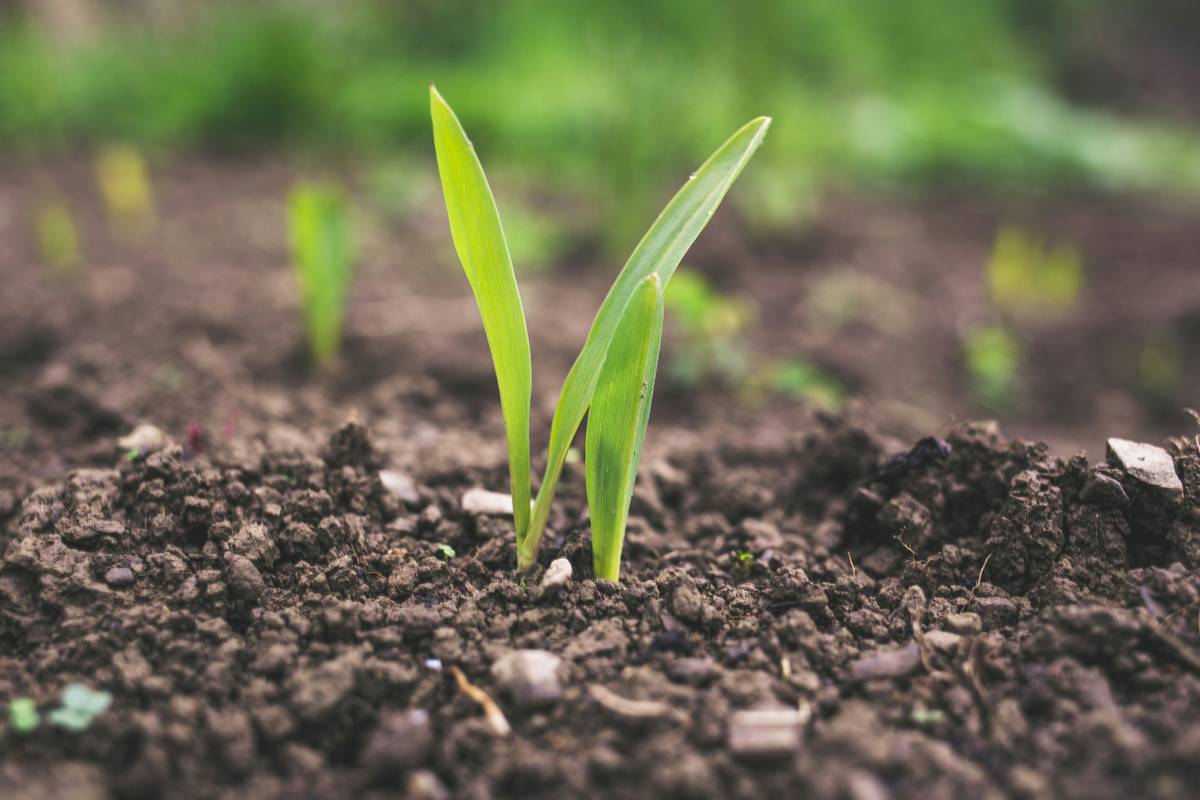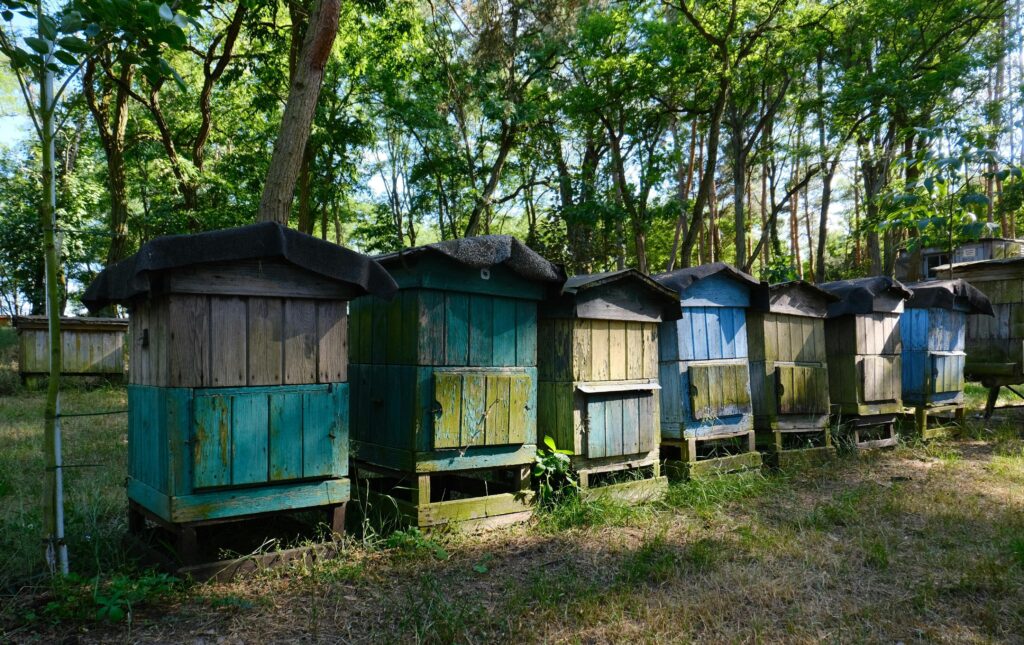“What if your skincare routine didn’t just glow on your face but also gave back to Mother Earth?”
Here’s a little secret: the same principles that keep soil healthy in organic farming are the foundation of radiant, toxin-free beauty. Polyculture farming methods—cultivating multiple crop species together—aren’t just great for sustainability; they’re the unsung heroes behind some of your favorite natural beauty products. And guess what? You can grow them yourself. Yes, even you. Let’s dig in.
In this article, we’ll uncover:
- The magic of polyculture farming methods and how they enhance natural ingredients for skincare (and beyond).
- A step-by-step guide to starting your own micro polyculture garden.
- Bonus tips for making DIY beauty recipes using fresh-from-the-soil veggies.
Table of Contents
- Introduction
- Key Takeaways
- The Problem with Monoculture in Beauty
- Start Your Polyculture Garden
- Best Practices for Growing Organic Veggies
- Real-Life Success Stories
- FAQs About Polyculture Farming Methods
- Conclusion
Key Takeaways
- Polyculture farming methods promote biodiversity, which boosts nutrient-rich soil perfect for growing organic vegetables used in natural skincare.
- Starting small is key—you don’t need acres of land to reap the benefits of polyculture.
- DIY skincare made from homegrown produce ensures zero toxins and maximum freshness.
The Problem with Monoculture in Beauty
Let me tell you a story about my first gardening fail—and trust me, it’s relevant.
Years ago, I decided to plant rows upon rows of tomatoes because, well, spaghetti sauce dreams were calling. Fast forward three months, and instead of lush vines, I had an army of aphids camping out like they owned the place. Why? Monoculture screwed me over big time. No variety equals no checks-and-balances for pests or nutrients. Sound familiar?
This lack of diversity isn’t just ruining backyard gardens—it’s infiltrating the world of organic beauty too. Think about it: many “natural” brands source ingredients grown en masse, stripping soils of vital minerals needed to nourish plants properly. That zucchini-powered face mask won’t pack as much punch if its parent plant came from nutrient-starved dirt.
Start Your Polyculture Garden
Okay, let’s get practical here. How do you turn your patch of earth into a glowing powerhouse for natural beauty?
Step 1: Choose Complementary Plants
Polyculture farming methods thrive on synergy. Pair heavy feeders like kale with nitrogen-fixing legumes such as beans. Throw in marigolds for pest control—they’re basically nature’s bouncers keeping aphids at bay.
Step 2: Prepare Your Soil
Gloves-off truth moment: Good soil ≠ basic potting mix. Test pH levels, add compost, and introduce beneficial microbes before planting. It sounds nerdy, but happy roots = happy skin!
Step 3: Rotate Crops Regularly
Avoid planting the same thing in one spot year after year—this prevents diseases and keeps your garden thriving. Bonus points if you toss in cover crops during off-seasons.
Best Practices for Growing Organic Veggies
Now that you’ve got the basics down, let’s talk finesse:
- Mulch Like Crazy: Keep weeds away while locking moisture into the ground. Leaves, straw, or wood chips work wonders.
- Water Wisely: Early morning watering reduces evaporation AND stops fungal issues dead in their tracks.
- Resist Pesticides: Harsh chemicals kill more than just bugs—they wreck your ecosystem *and* your dream of clean beauty.
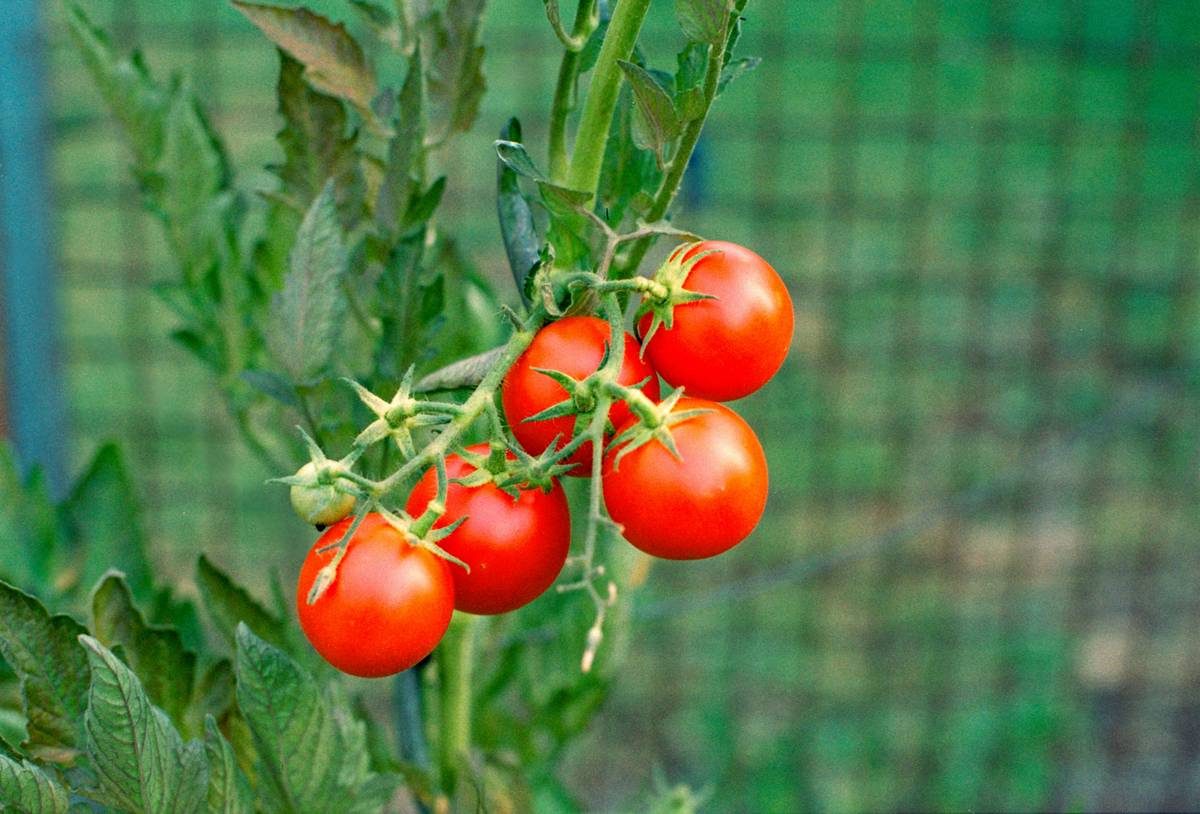
Real-Life Success Stories
Tina from Oregon swears by her polyculture patch of calendula, lavender, and carrots. She uses the flowers in calming tonics and juices the carrots for serum bases. Her Instagram followers beg her daily for secrets—but really, she credits polyculture farming methods as her MVP.
FAQs About Polyculture Farming Methods
Is polyculture hard to maintain compared to monoculture?
Nope! While it requires upfront planning, polycultures are actually lower maintenance long-term due to fewer pest problems and healthier soil.
Can I practice polyculture indoors?
Absolutely! Container gardening with combinations like basil + cherry tomatoes works wonders indoors.
Does size matter when practicing polyculture?
Not at all. Even window boxes or vertical walls can support diverse ecosystems.
Conclusion
There you have it—the ultimate blend of organic gardening and natural beauty through polyculture farming methods. Remember:
Optimist You: “I’m ready to start growing my way to glowing skin!”
Grumpy You: “Ugh, fine—but only if coffee’s involved.”
If there’s one takeaway from today, it’s that small changes in how we farm lead to BIG wins for both our planet and vanity. So grab a shovel, embrace those radishes mingling with roses, and prepare for naturally gorgeous results.
P.S. Like a Tamagotchi, your SEO needs daily care: Keep tweaking, testing, and tending to those keywords 🌱✨
